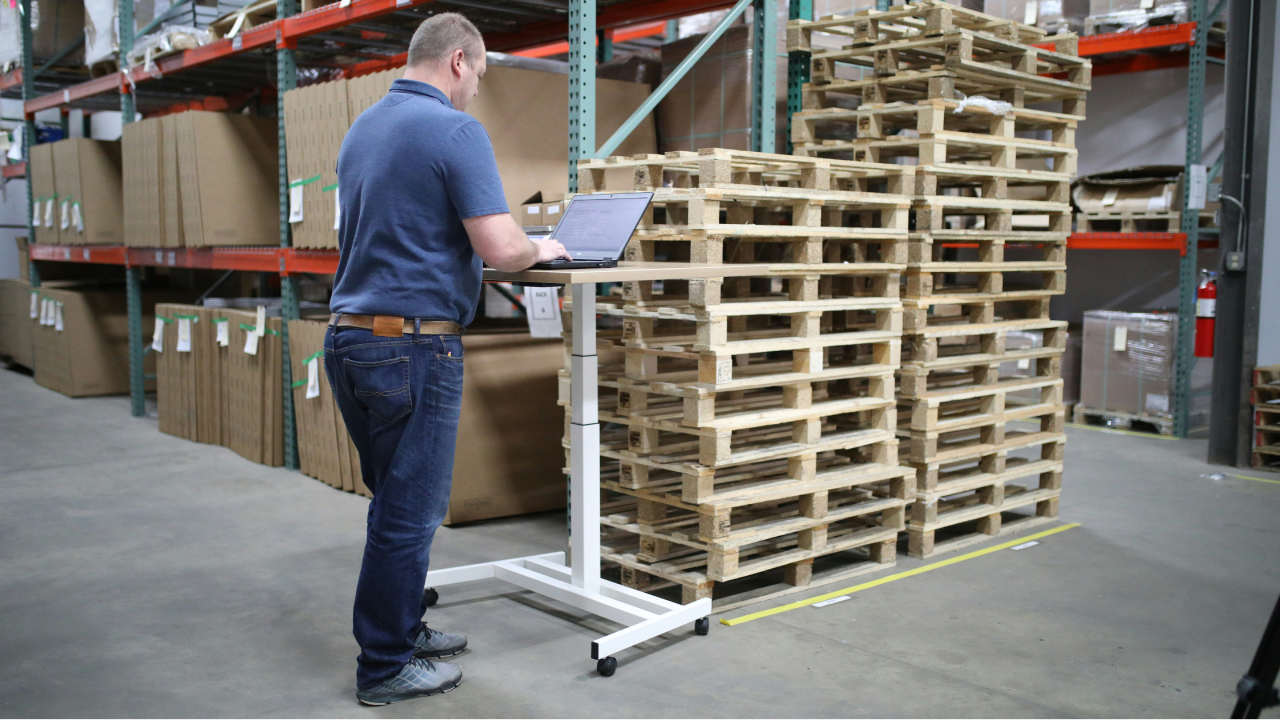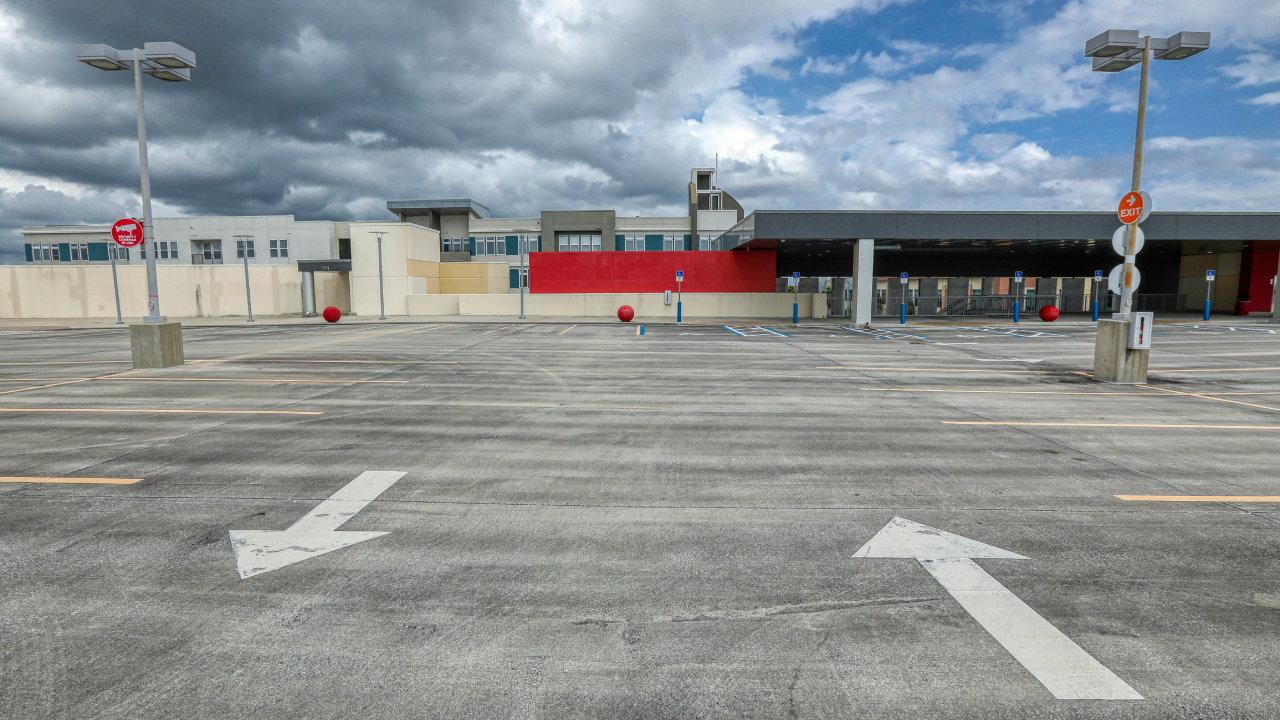Today’s schools face safety challenges that were once unimaginable. From K-12 institutions to university campuses, educational facilities must address a wide range of potential threats. At Alarm New England, we’ve seen firsthand how these changes have transformed school security approaches. Simple locks and occasional fire drills are no longer sufficient. Modern school security systems are sophisticated networks combining physical barriers, electronic surveillance, access control, and rapid response protocols.
School security is important. The impact of robust school security can’t be overstated. It’s not just about preventing worst-case scenarios; it’s about creating an environment where students, teachers, and staff feel safe and can focus on education. A secure school is a productive school, where learning thrives without underlying fear or uncertainty.
Protecting Students and Staff: Our Top Priority

The primary reason for school security is protecting human life. Students and staff are the heart of any educational institution, and their safety is paramount. In the United States, schools are responsible for over 54 million K-12 students, plus millions of educators, administrators, and support staff. That’s a significant portion of our population spending their days in school environments (Source: ibisworld.com)
Effective school security measures serve multiple purposes:
- Preventing external threats: Access control systems and surveillance cameras deter potential intruders and quickly identify unauthorized individuals on campus.
- Mitigating internal risks: Security systems help address issues like bullying, theft, or other misconduct by providing oversight and accountability.
- Emergency response: In crises, whether natural disasters, medical emergencies, or security threats, integrated systems facilitate rapid communication and coordinated response.
At Alarm New England, we’ve worked with over 150 school districts and 400 public and private school buildings across Massachusetts, Connecticut, and Rhode Island. This experience has taught us that while each school community is unique, the need for comprehensive protection is universal.
Fostering a Safe Learning Environment
Security isn’t just about physical safety; it’s about creating an atmosphere conducive to learning and growth. When students and teachers feel safe, they can fully engage in the educational process without distraction or fear. This psychological aspect of security is crucial for several reasons:
- Improved focus and productivity: Students who feel secure can better concentrate on their studies and participate in class activities.
- Enhanced emotional well-being: A safe environment reduces stress and anxiety, promoting better mental health for both students and staff.
- Increased attendance: When parents and students trust in their school’s safety, attendance rates improve.
- Positive school culture: A secure environment fosters a sense of community and respect among all school members.
Our approach at Alarm New England goes beyond installing security devices. We work closely with school administrators to develop comprehensive strategies that balance safety with the need for an open, welcoming educational environment.
Leveraging Technology for Enhanced School Security
Modern technology offers unprecedented levels of protection and control in school security systems. Key components include:
- Video Surveillance: High-definition cameras with advanced features like motion detection and night vision provide 24/7 monitoring of school grounds, classrooms, and common areas.
- Access Control Systems: Electronic door locks, key cards, and biometric scanners ensure only authorized individuals can enter school buildings or specific areas.
- Intrusion Detection: Sophisticated alarm systems immediately alert authorities to unauthorized entry attempts.
- Mass Notification Systems: In emergencies, these systems quickly disseminate critical information to students, staff, and parents through multiple channels.
- Remote Management: Mobile apps and cloud-based platforms allow school administrators to monitor and control security systems from anywhere, anytime.
At Alarm New England, we pride ourselves on offering cutting-edge security technology. Our systems are designed to be user-friendly yet powerful, providing school administrators with the tools they need to maintain a safe environment efficiently.
Addressing Multiple Security Concerns
School security encompasses a wide range of safety concerns that schools face daily. A comprehensive security approach must address:
- Fire Safety: Advanced fire detection and suppression systems are crucial for protecting lives and property.
- Health Emergencies: Quick response to medical situations can be facilitated through integrated communication systems.
- Bullying and Violence Prevention: Surveillance systems can help identify and address incidents of bullying or violence among students.
- Traffic Safety: Monitoring parking lots and drop-off zones can prevent accidents and ensure smooth traffic flow.
- After-Hours Security: Protecting school property from vandalism or theft when buildings are unoccupied.
Our experience at Alarm New England has shown that addressing these diverse concerns requires a tailored approach for each school. We work closely with school officials to identify specific risks and develop customized security solutions that meet their unique needs.
The Critical Role of Training and Preparedness
While state-of-the-art security systems are crucial, their effectiveness is maximized when combined with proper training and preparedness. This includes:
- Staff Training: Ensuring all school personnel are familiar with security protocols and know how to respond in various emergency scenarios.
- Regular Drills: Conducting practice runs for different types of emergencies to reinforce proper procedures.
- Student Education: Age-appropriate instruction on safety measures and what to do in emergency situations.
- Community Involvement: Engaging parents and the wider community in school safety initiatives.
- Continuous Assessment: Regularly reviewing and updating security measures to address new threats or challenges.
At Alarm New England, we don’t just install systems and walk away. We offer ongoing support, including training sessions for staff and assistance in developing comprehensive emergency response plans. This ensures that schools can fully utilize their security systems and are prepared for any situation.
Maintaining an Open Learning Environment
One challenge in implementing robust school security is maintaining an open, welcoming atmosphere conducive to learning. It’s crucial to strike a balance between safety and the freedom students need to grow and explore. Strategies for achieving this balance include:
- Discrete Integration: Designing security measures that blend seamlessly with the school environment, avoiding an oppressive or intimidating atmosphere.
- Clear Communication: Ensuring that students, staff, and parents understand the purpose and benefits of security measures to foster a sense of safety rather than surveillance.
- Flexible Systems: Implementing security solutions that can be adjusted based on the time of day or specific events, allowing for a more open environment when appropriate.
- Focus on Prevention: Emphasizing proactive measures that prevent issues before they occur, rather than purely reactive systems.
Our team at Alarm New England understands the importance of this balance. We work closely with school administrators to design systems that provide comprehensive protection without compromising the positive, nurturing environment essential for effective education.

Looking Ahead: Advancements in School Security
As we look to the future, school security will continue to adapt to new challenges and technological advancements. Some trends we anticipate include:
- Advanced Analytics: Systems that can predict and prevent potential security breaches based on historical data and patterns.
- Integrated Platforms: Further integration of various security components into unified, easy-to-manage systems.
- Behavioral Analysis: Software that can identify unusual behavior patterns to prevent incidents before they occur.
- Contactless Technologies: Increased use of touchless access control systems, particularly in light of health concerns.
- Environmental Design: Incorporating security considerations into the architectural design of school buildings from the ground up.
At Alarm New England, we’re committed to staying at the forefront of these developments. Our ongoing research and partnerships with leading technology providers ensure that we can offer schools the most advanced and effective security solutions available.
School Security is Crucial
The importance of school security is undeniable. It’s not just about preventing worst-case scenarios; it’s about creating an environment where education can flourish, free from fear and distraction. From protecting physical safety to fostering emotional well-being, from preventing external threats to managing internal risks, a comprehensive school security strategy is essential in today’s world.
As experts in the field, we at Alarm New England are dedicated to helping schools navigate the complex realm of security. We understand that each school is unique, and we work tirelessly to provide customized solutions that address specific needs while maintaining a positive learning environment.
Investing in school security is an investment in our future. It’s about protecting our children, supporting our educators, and ensuring that our schools remain places of growth, discovery, and achievement. In an ever-changing world, the commitment to school safety must be unwavering, and with the right approach and tools, we can create secure environments where education can thrive.




















